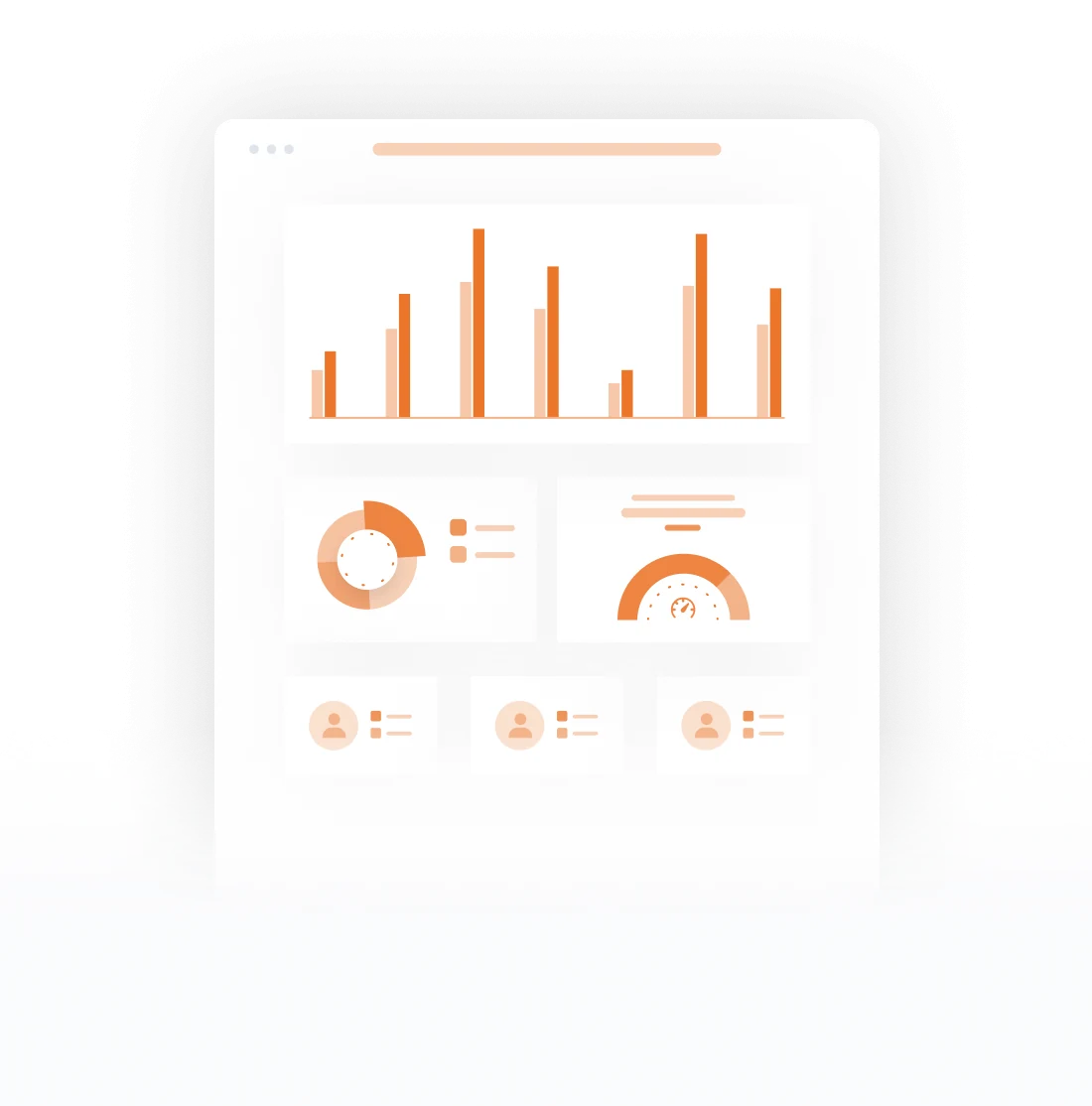
User Experience Audit
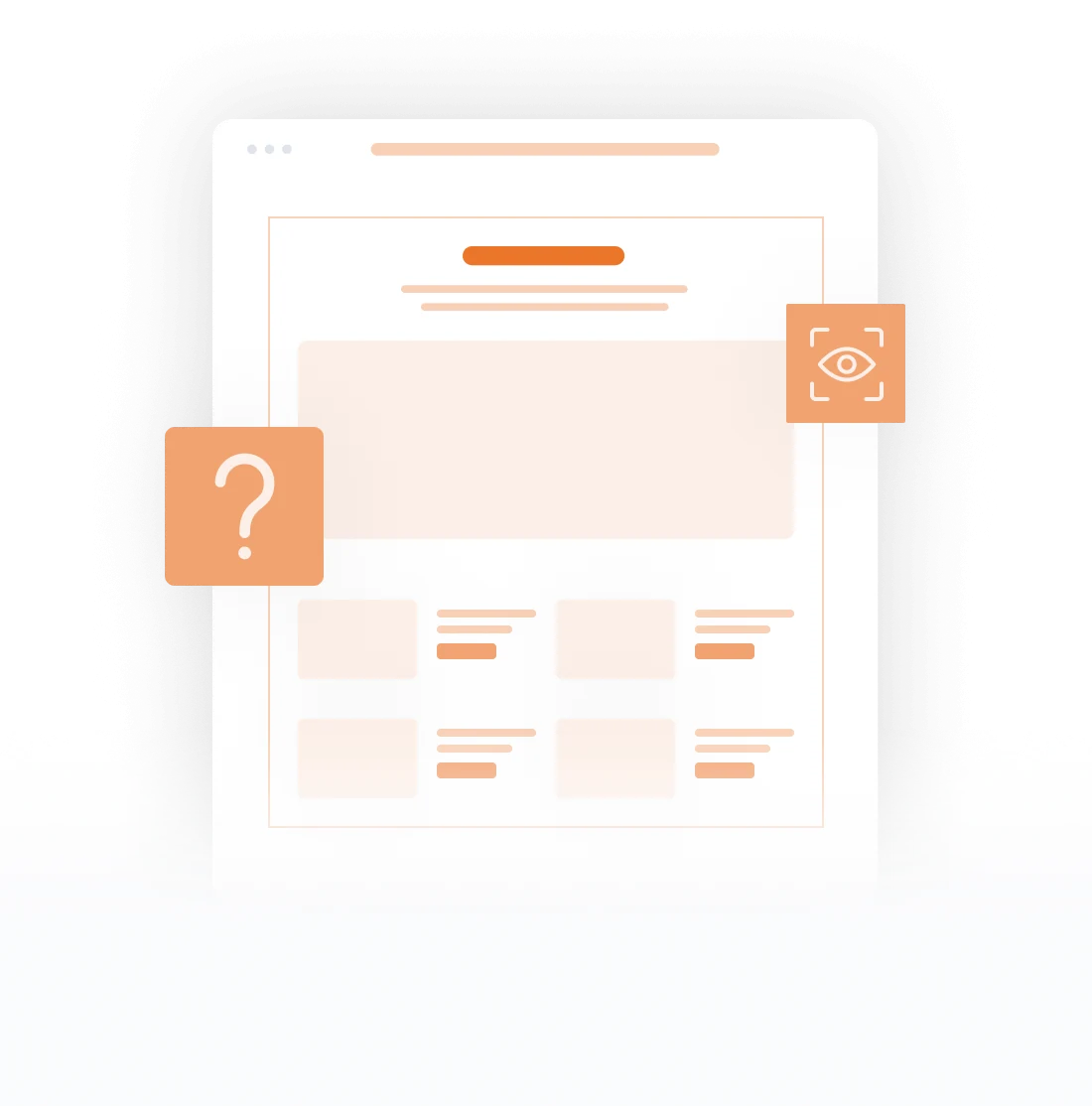
Why Is a UX Audit Important?
Process
Data Gathering
Before starting the UX audit process, we gather the necessary data related to your business. In this phase, we analyze your site’s goals, user profiles, and performance metrics. This data forms the foundation of the audit process and helps us identify areas for improvement. By understanding your business’s needs and objectives, we create a customized UX audit plan tailored to you.
In the data-gathering stage, we use web analytics tools and user feedback to explore user behavior and interactions. These insights reveal the challenges and opportunities users experience on your site. The insights we gain allow us to provide strategic recommendations for improving the user experience. Data collection is a pivotal step in the UX audit, providing a solid groundwork for comprehensive analysis.
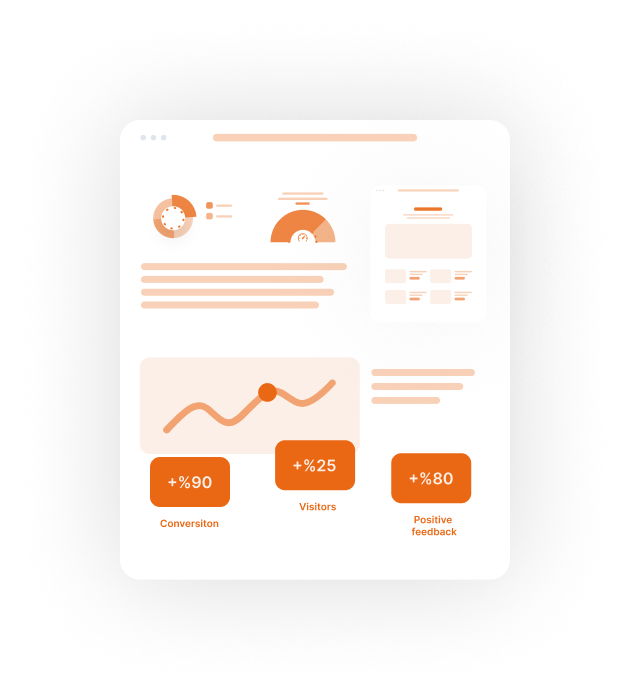
Competitor Analysis
In the competitor analysis stage, we study your industry competitors and their user experience strategies. By analyzing your competitors' websites, we identify their strengths and weaknesses. This analysis provides valuable insights to enhance your website's competitive edge and optimize the user experience. Competitor analysis is crucial for understanding industry trends and user expectations.
During the competitor analysis phase, we review user experience designs and functionalities of your competitors' websites. These evaluations offer valuable ideas on how to enhance your site. Additionally, we provide strategic suggestions to help you gain a competitive edge in the market. Competitor analysis is crucial in maximizing your website user experience and ensuring you stay ahead of the competition.
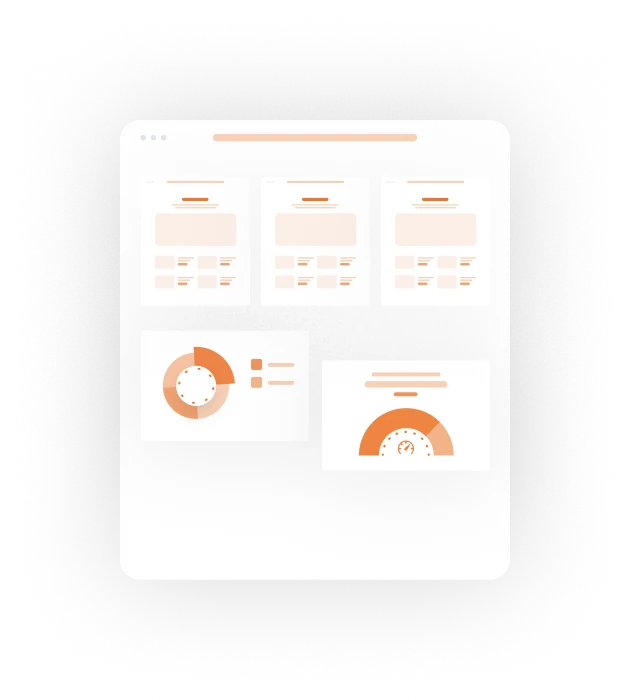
Usability Assessment
During the usability assessment phase, we evaluate whether your website is user-friendly. We analyze how easily users can navigate your site, access information, and complete specific tasks efficiently. We examine your site's performance through usability testing and user feedback. We aim to ensure that users have a seamless experience on your website.
We review your user interface designs, navigation structure, and interactive elements throughout the usability assessment process. These evaluations help us pinpoint the challenges users encounter on your site and identify areas for improvement. We also offer suggestions to boost user engagement on your site. Usability analysis is essential for optimizing your website user experience and increasing user satisfaction.
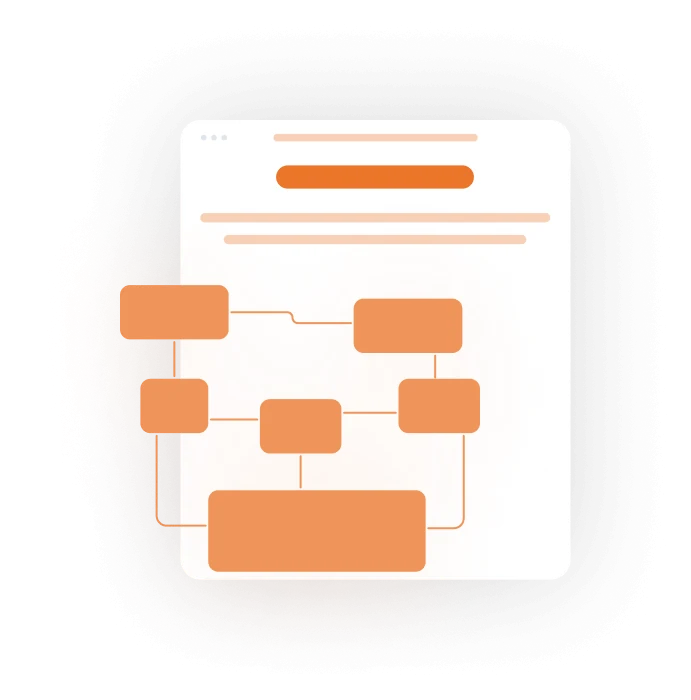
Report Generation
Upon completing the UX audit, we create an in-depth report. This report includes our findings on your website’s user experience and improvement recommendations. It thoroughly analyzes your site’s strengths, weaknesses, user feedback, and performance metrics. Additionally, we offer strategic suggestions to optimize the user experience. The report clearly outlines the steps you need to take to enhance your website’s performance.
In the report creation process, we present the data and insights from our analysis. Our recommendations show you how to improve user experience and boost user satisfaction. We also detail the steps and resources required to implement our suggestions. The report is a critical tool for optimizing your website’s user experience and supporting your digital goals.
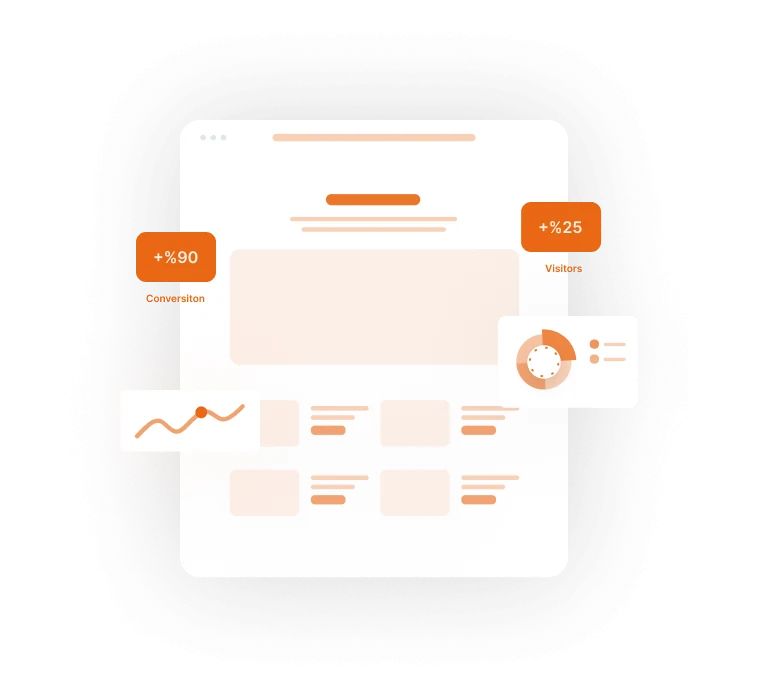
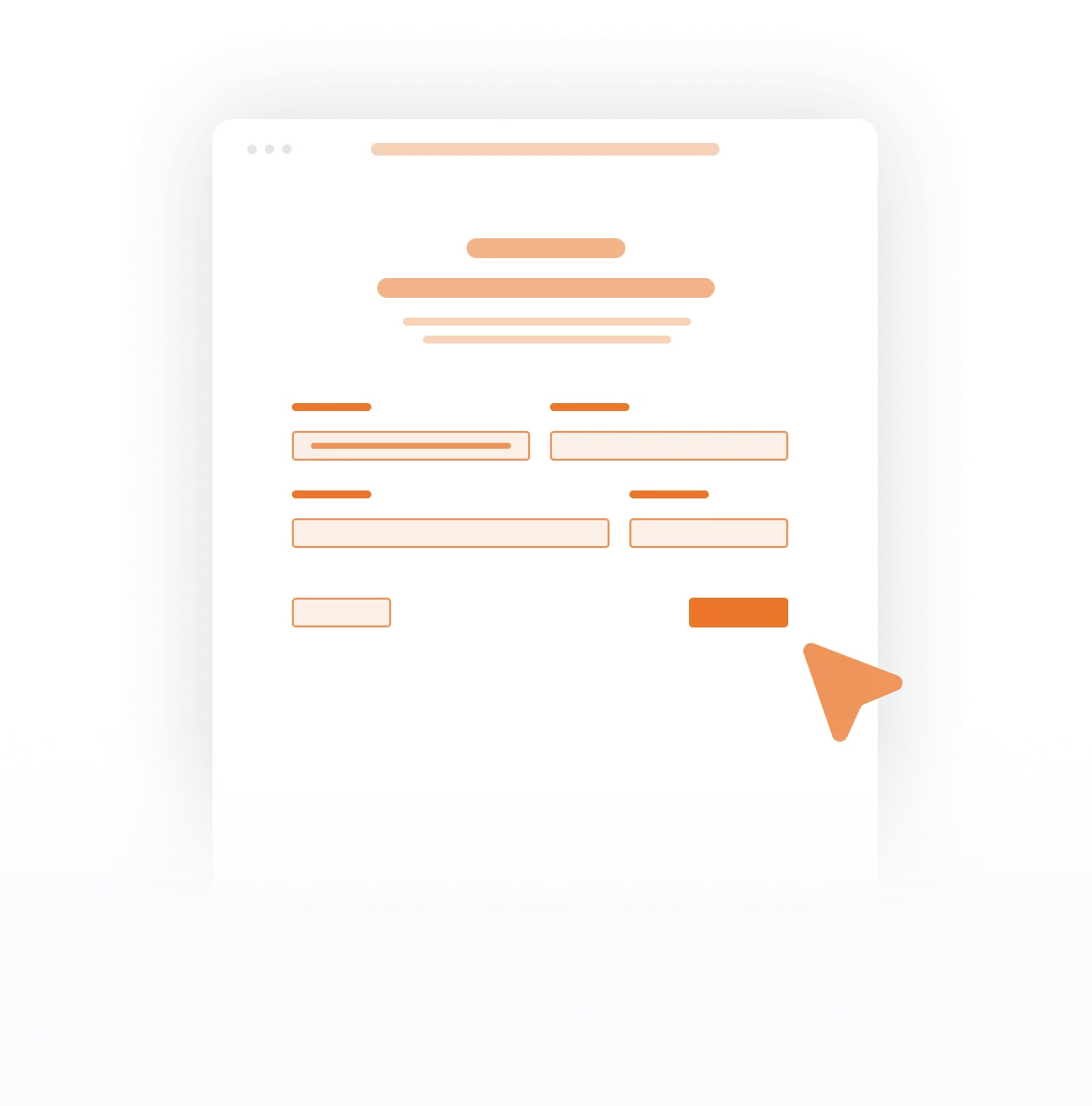
FAQ
A UX Audit is a comprehensive analysis process that evaluates your website’s user experience and provides improvement recommendations. This audit identifies how users interact with your site and the challenges they encounter. By optimizing your site’s performance, a UX Audit enhances user satisfaction, increases conversion rates, and improves the overall user experience. Effective UX design keeps users on your site longer and drives your brand’s success.
The UX Audit process consists of four stages: Data Gathering, Competitor Analysis, Usability Assessment, and Report Generation. In the first stage, we gather and analyze data related to your website. In the second stage, we evaluate your competitors, identifying their strengths and weaknesses. The third stage involves assessing your site’s performance through usability tests and user feedback. Finally, we provide a comprehensive report with our findings and suggestions for improvement.
During the UX Audit process, we use various tools to analyze your website’s performance and user experience. Web analytics tools like Google Analytics, Hotjar, and Crazy Egg help us track user behavior and interactions. We also utilize platforms like UserTesting and Optimal Workshop for user testing and usability assessments. These tools enable us to identify your site’s strengths and weaknesses and provide targeted improvement recommendations.
After the UX Audit, we provide various recommendations to enhance your website’s user experience. These suggestions may include simplifying the navigation structure, improving visual design, increasing page load speed, and ensuring mobile compatibility. Additionally, based on user feedback, we may recommend content adjustments and optimization of interaction elements. These improvements lead to higher user satisfaction and increased conversion rates.
UX Audit costs depend on the size, complexity, and specific requirements of your website. A basic audit for a simple site may be more budget-friendly, whereas a thorough audit for a complex e-commerce site may come at a higher price. The pricing includes services such as data analysis, competitor analysis, usability testing, and report generation. We assess your site’s needs and develop a comprehensive audit plan to offer you a tailored quote.






